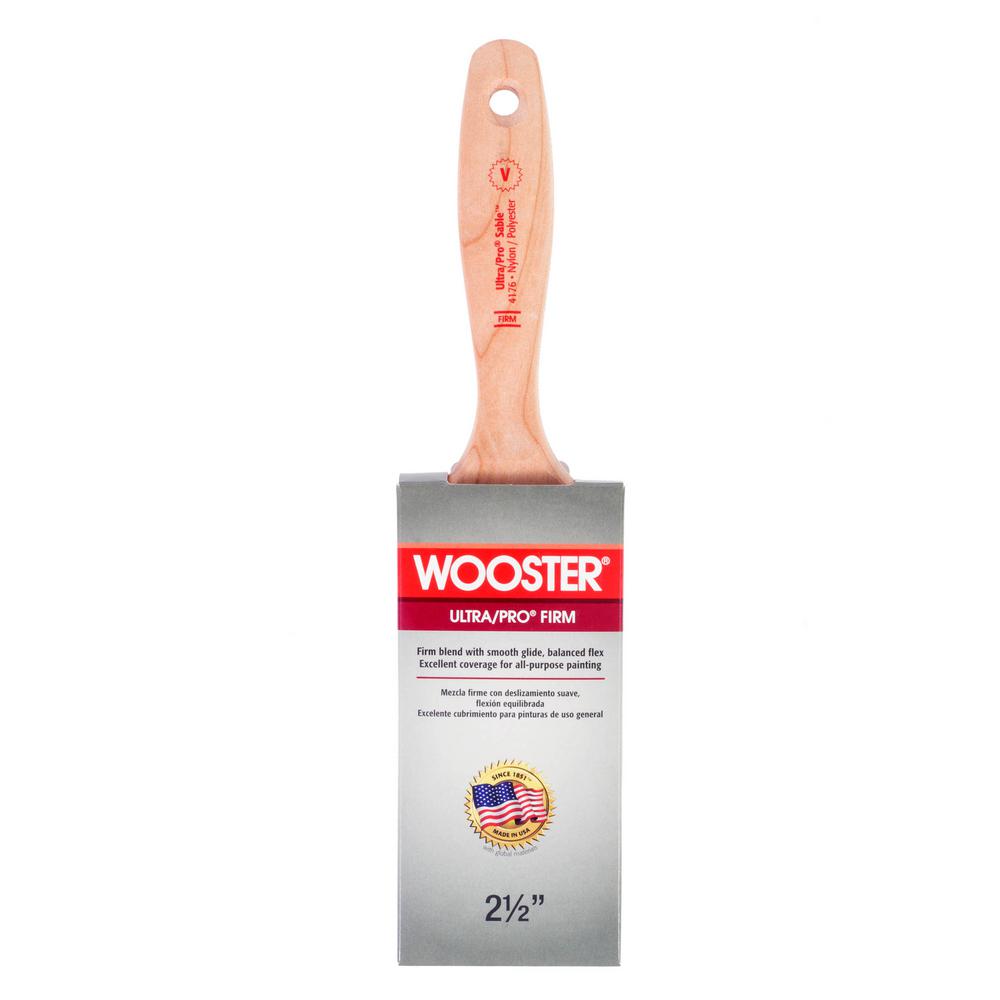
Versatility is necessary when you repurpose different types and pieces of furniture, including things like picture frames and other smaller decor.ĭifferent Types of Paint Brushes for FurnitureĪ big part of choosing the best paint brush for furniture is choosing the right type of brush. While the bristles are best suited for chalk and milk paints, they’re compatible with other products and surfaces.īuying this paint brush set will ensure you always have the right tool for the job. There are multiple oval brushes when finesse is required, but there are also wide brushes for covering vast surfaces.Įach of the brushes in this set has natural bristles that are soft, durable, and leave little to no brush marks. This set comes with six paint brushes of varying sizes, widths, and designs. If a set is what you’re looking for, the DIY Artz set is the way to go. Rather than buying multiple individual brushes for all your needs, why not just buy a complete set?īuying a set is the best way to guarantee that you always have the best paint brush for furniture, regardless of what you run into. IMHO, that’s a lot of work, and using one item (a brush) is more efficient.If you haven’t noticed by now, there are many different types and sizes of brushes that you can use to paint furniture. Thus, you will have to use both items – a roller for the middle of the trim and a brush for covering the areas the roller can’t reach. You also won’t be able to cover the fine details of trim. But a roller is inconvenient for working on small projects or parts (corners, joints, etc.). Is a brush or roller better for painting trim? Rollers deliver a smoother finish and more even paint coating compared to brushes. What should I use to paint trim: brush or roller? More handy tips on painting trim without brush strokes are gathered in this article. Also, do not wipe the paint off the brush. When you proceed with the painting job, go with the grain rather than across it (left to right, not up to down). Prepare the surface by sanding and dusting it. To get a clean and smooth finish without messy brush strokes from the very first try, you’ve got to pick the paint and get a quality brush with soft bristles (stiff bristles leave unwanted brush strokes) that would match the chosen paint type.
#WOOSTER PRO PAINT BRUSHES VS PURDY HOW TO#
How to avoid brush strokes when painting trim? Find more trim painting tips in this article. Then, make one long stroke to smooth the freshly applied paint. Make short strokes to dye a few feet of the trim.

Deep the bristles of the brush about 1 inch into the paint and remove the excess by gently slapping the brush against each side of the tray.

Use a clean tray to pour carefully mixed paint. Prime bare wood and filled areas to avoid the risk of spotting when you apply the paint. Spackle dents and holes, dry them, and sand the areas smoothly again. Sand the woodwork with sandpaper to smooth rough surfaces. How to paint interior trim?īefore you start trimming, prepare the room (move the furniture away, apply the painter’s tape along with the flooring that meets the trim, etc.). You can also come across angled handles for precise cut-ins or flexible handles, which adjust to any angle. Most brushes come with straight handles, both short and long, to allow you to easily trim and edge baseboards, window, and door trim. They are mainly used for latex and water-based paints.

Synthetic (nylon, polyester, PVC, polyethylene) brushes are easy to clean, and they keep the bristle shape better than natural bristles. Natural bristle brushes made of animal hair (white boar, horse, goat) and plants (Tampico) are common choices for shellac, polyurethane finishes, and oil-based paints since they hold more paint and ensure a smooth coverage. The paint brushes for trim work come with different bristle material options. But when you want to obtain better coverage, you may want to consider the rounded or angled bristle shape. A straight, also known as a square, brush is a universal solution, and it is applicable for almost all painting projects. There are different brush shapes that define the tool’s application. However, you may want to get a smaller-sized brush for tight corners or intricate woodwork. For instance, a one-inch small paint brush for trim won’t be a great assistant when you’ve got to dye a 20-inch windowsill.

This will give you a better idea about what size of brush you may need. Before you decide on the paint brush for interior trim, measure the surface you’ll be working with. The properly chosen paintbrush size is the key to neat paintwork. Hard to clean due to the bristle texture.Ĭheck price on Amazon Trim paint brush buying guide Brush size.


 0 kommentar(er)
0 kommentar(er)
